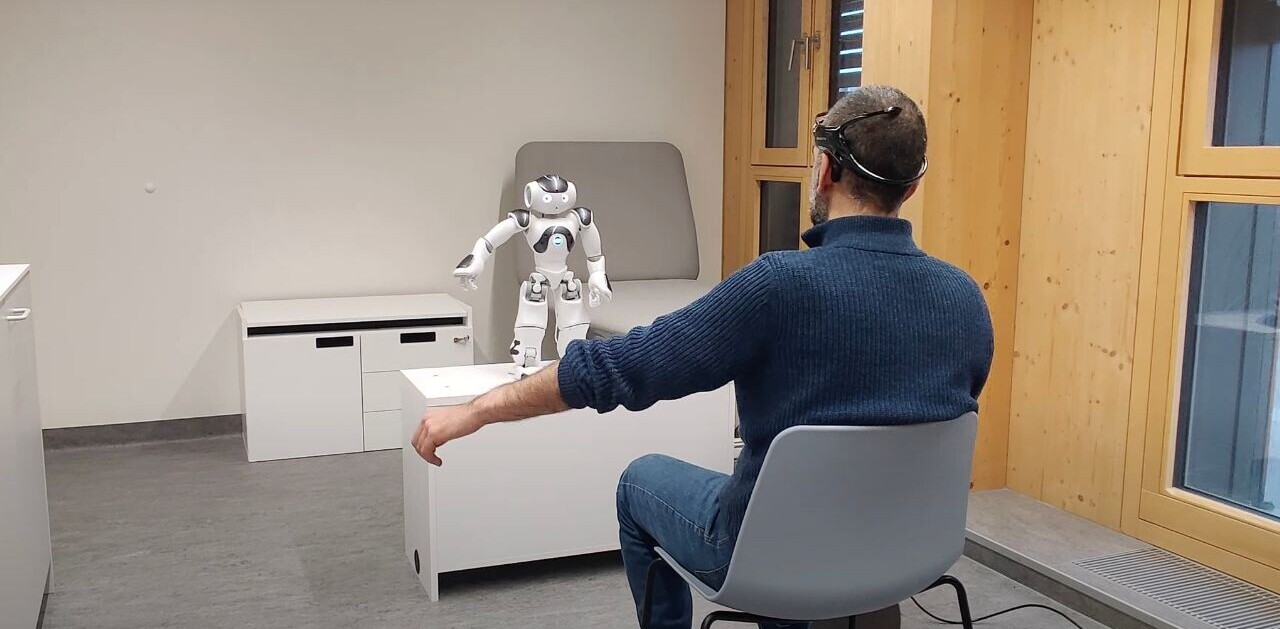
Scientists at CERN are trialling a new type of robot that identify potential radiation leakages in environments challenging to navigate both for humans and other robots employed at the research centre.
Called the CERNquadbot, the dog-like robot has successfully completed its radiation protection test at the North Area, the facility’s largest experimental zone.
“There are large bundles of loose wires and pipes on the ground that slip and move, making them unpassable for wheeled robots and difficult even for humans,” said Chris McGreavy, robotics engineer at CERN.
The team behind it is now developing advanced control algorithms to enable its long-term deployment in the experiment caverns, like that of the ALICE detector, which is dedicated to heavy-ion physics.
In time, the robodogs will be able to navigate almost the entire area of the experiment caverns. By doing so, they’ll be able to monitor the state of the caverns, the environmental conditions, as well as potential water, fire or other leaks.
In the video below you can watch the CERNquadbot at work:
CERN already has a long history of robot deployment, counting three types of mechanical helpers. These include the CERNbot, a modular platform with hands for repair, maintenance, and inspection; the CRANEbot, designed to install and maintain equipment in high-radiation areas; and the Train Inspection Monorail (TIM), which can monitor and travel within the tunnel of the Large Hadron Collider (LHC).

As none of these robots can access cluttered or complex areas of the caverns, the new robodogs can capture valuable data for the operation of the machines — marking a new era for the inspection and monitoring of the laboratory’s high-value and high-risk equipment.
Get the TNW newsletter
Get the most important tech news in your inbox each week.




